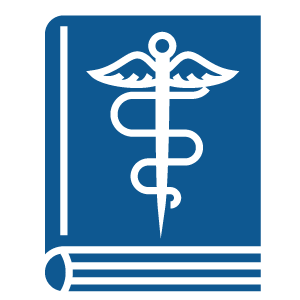
Cost-effectiveness of Treatments for Opioid Use Disorder
Publication: JAMA Psychiatry; Jul 2021
Overview:
- Importance: Opioid use disorder (OUD) is a significant cause of morbidity and mortality in the US, yet many individuals with OUD do not receive treatment.
- Objective: To assess the cost-effectiveness of OUD treatments and association of these treatments with outcomes in the US.
- Interventions: Medication-assisted treatment (MAT) with buprenorphine, methadone, or injectable extended-release naltrexone; psychotherapy (beyond standard counseling); overdose education and naloxone distribution (OEND); and contingency management (CM).
Conclusion:
In this cost-effectiveness analysis, expanded access to MAT, combined with OEND and CM, was associated with cost-saving reductions in morbidity and mortality from OUD. Lack of widespread MAT availability limits access to a cost-saving medical intervention that reduces morbidity and mortality from OUD. Opioid overdoses in the US likely reached a record high in 2020 because of COVID-19 increasing substance use, exacerbating stress and social isolation, and interfering with opioid treatment. It is essential to understand the cost-effectiveness of alternative forms of MAT to treat OUD.
Citation:
Fairley M, Humphreys K, Joyce VR, Bounthavong M, Trafton J, Combs A, Oliva EM, Goldhaber-Fiebert JD, Asch SM, Brandeau ML, Owens DK. Cost-effectiveness of Treatments for Opioid Use Disorder. JAMA Psychiatry. 2021 Jul 1;78(7):767-777. doi: 10.1001/jamapsychiatry.2021.0247. PMID: 33787832; PMCID: PMC8014209.
